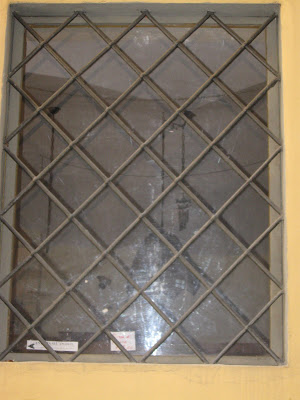 The World Series between the Philadelphia Phillies and New York Yankees begins Wednesday. Meanwhile, the trash talking between the fans in each city started the moment the Yankees clinched the American East title Sunday night.
The World Series between the Philadelphia Phillies and New York Yankees begins Wednesday. Meanwhile, the trash talking between the fans in each city started the moment the Yankees clinched the American East title Sunday night. In typical New York Post fashion, the tabloid placed an image on its front page that combined stupidity, childishness and homophobia. It Photoshopped, poorly, Phillies centerfielder Shane Victorino in a dress and called the team “Frillies.” I guess it was an attack on the manliness of the team that led the National League in home runs. New Yorkers in general are already talking like the victory has already been decided as if its legacy makes it a foregone conclusion.

Here's a picture of Victorino holding something that the Yankees haven't been near for years.
 Of course the game will be played on the field and it has the potential to be an epic battle. While watching some of the series between the Yankees and the Los Angeles Angels of Anaheim (a team that can’t seem to decide where it resides) I did not see great baseball, particularly by the Angels. I saw teams that the Phillies should be able to beat rather handily.
Of course the game will be played on the field and it has the potential to be an epic battle. While watching some of the series between the Yankees and the Los Angeles Angels of Anaheim (a team that can’t seem to decide where it resides) I did not see great baseball, particularly by the Angels. I saw teams that the Phillies should be able to beat rather handily. Apparently, Phillies shortstop Jimmy Rollins agrees. He told Jay Leno Tuesday night that the Phillies will win in five games. Rollins has made a number of predictions about the Phillies during the past three years that all came true, including winning the World Series last year. I’m certainly not going to argue with him. The only thing that may dampen what should be a true "fall classic" is the damp weather predicted for much of the week.



































